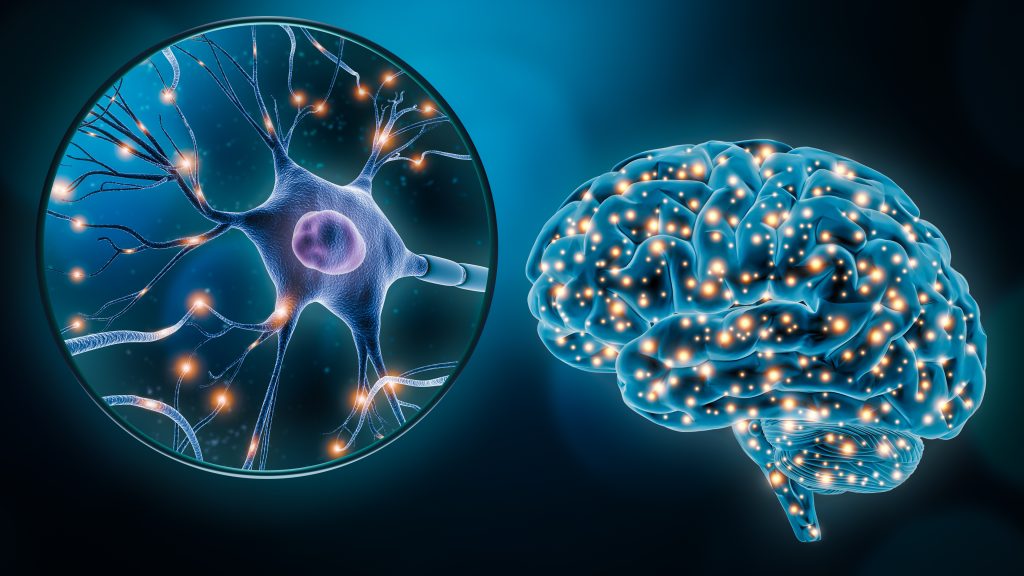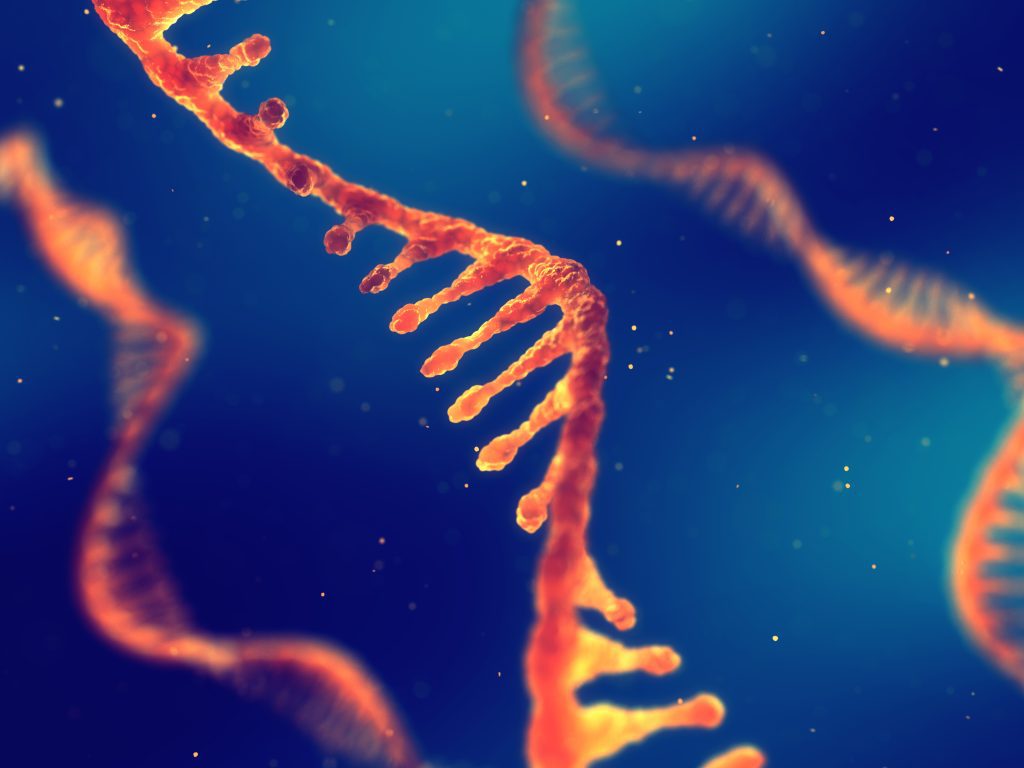New Study Identifies Potential Drug Targets For Alzheimer’s And Related Dementias
A new study has discovered the unique mechanism used by tau protein pathology to destroy neurons. The study conducted by researchers from the University of Texas Health Science Center in San Antonio also found that the pathological form of tau protein is associated with more than 20 disorders including chronic traumatic encephalopathy (CTE) and Alzheimer’s disease.

The scientists, however, indicated the possibility of using pharmacological means to alter the tau pathology damages. Published on April 13, 2022, in Alzheimer’s & Dementia: The Journal of the Alzheimer’s Association, the study noted that the novel mechanism can be a new target for drug development.
The failure in developing a treatment for Alzheimer’s disease and other tauopathies is partly because most researchers focus on clearing protein or the amyloid-beta.
Research findings
The first author of the research, Gabrielle Zuniga, said the study opens up the opportunity for further studies in the future. Looking at taupathy in vertebrates, and eventually human clinical trials, could be a big step forward. The study established a previously unknown mechanism, wherein the damaged areas can be targeted with drugs.
According to her, the team worked with a fruit fly mutable to human tau to observe the shortfalls in an RNA quality-control pathway called the nonsense-mediated mRNA decay. Zuniga however noted that “the changes in RNA quality control occur before neuronal cell death.”
She indicated that “the decay of the nonsense-mediated mRNA is a critical step in the process of translating genetic information into proteins.” When there is an issue with quality-control, there is an increased production and backlog of abnormal, dysfunctional proteins.

Senior author Bess Frost, Ph.D., said the team was looking at the cellular mechanisms wherein faulty RNAs is produced, and hopefully dealt with. With certain diseases, they key may lie in buildup of these faulty RNAs. As RNA is eventually encoded into proteins, an abnormally large amount of them will cause problems.
Sudha Seshadri, MD, said researchers should focus on stopping the pathways that cause the neurons to die instead of targeting the tau.
